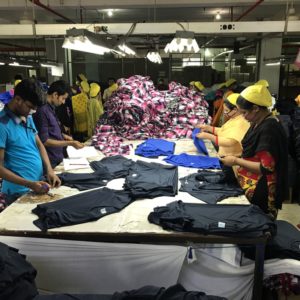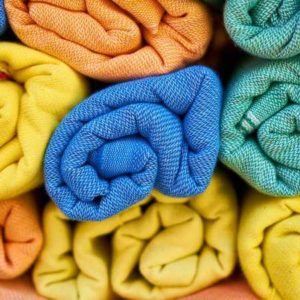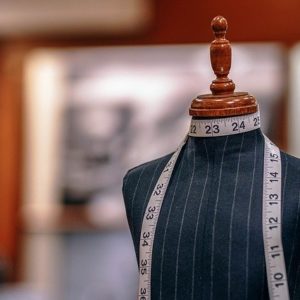Fabric contributes to approximately 50-60% of the total garment cost, making it crucial to the entire garment production process. Garment rejection/alteration owing to fabric weaving or knitting defect might result in a significant loss of value for the company. To provide defect-free clothing, not only the defect diagnosis procedure but also the location marking of the defect on the fabric and defect avoidance during the manufacturing process is crucial.
The goal of all textile industries is to manufacture competitive and defective free fabrics. The improvement of competition is primarily dependent on the productivity and quality of fabrics produced by each business. There have been numerous losses in the textile industry as a result of poor materials.
Fabric Inspectors have a difficult and time-consuming job. They must detect minute things in a broad area that moves across their optical field. The rate of identification is roughly 70%. Furthermore, the effectiveness of visual assessment decreases fast with fatigue. Digital image processing techniques have been widely used in the research of textured materials over the last ten years.
Shelton Vision provides the fabric and textile industries with Automated Optical Inspection (AOI) systems and solutions.
The significant advantage offered by all proven computer inspection systems lies in the consistency of operation and applied standard, allied to the speed at which they can operate. They give the user access to fabric inspection data in real-time at a point in the production cycle that can minimise costs, waste and customer rejections by lowering overall defect rates.
A variety of machine vision methods and applications are used to increase accuracy and quality throughout the production line.
Automated Fabric Inspection and Defect Detection
The WebSpector textile inspection system addresses difficult fabric defect detection tasks where the feature being sought differs from the fabric’s regular appearance, which the system has previously appraised.
The automatic optical fabric inspection system runs a large number of algorithms simultaneously at high speed to target certain features such as vertical, horizontal and diagonal straight and curved lines as well as spot and area defects. These algorithms cover the range of fabric defects when combined with the specialised lighting planes provided with the system.
Many of the algorithms are unique and specifically created for detection of subtle defects found in fabric.
When defects are detected the system can automatically place a label on the fabric edge in line with the defect, as well as record images of each defect, the position within the defect map as well as storing a complete video of the total fabric surface. Although a defect may be seen by more than one leans (set of cameras and associated lighting) the system combines the results to report the correct number of defects.
Real-Time Classification and Grading of Fabric Defects
After detecting a fabric defects, the system applies real-time classification and grading procedures to each fabric fault found. The criteria are based on the system learning fabric defect kinds from a large number of mathematical parameters per defect image and using user-defined grading system to determine how to calsify the defect (major,minor, critical).
The range of fabric defects are diverse and subtle in nature, so the system has been designed to have the tools and capability to make accurate and consistent decisions on fabric defect sentencing, which is not possible with human inspection.
The automation of classification and grading allows a faster and more consistent review process where a final commercial decision can be made regarding the final fabric defect map.
Fabric Defect Grading
The fabric defect type and severity grade is recorded in real-time, allowing images to be stored and the corresponding data can be used to adapt the cutting plan. Here are some, but not all, of the defects that can be detected:
- Abrasion
- Black Spot
- Broken Pick
- Coating Line
- Colour Variation
- Contamination
- Contamination Yarn
- Delamination
- Dirty Marks
- Dyeing stop
- Foreign Fibre
- Fused Fibre
- Hair
- Impression
- Longitudinal crease mark
- Misprint
- Mixed Yarn
- Neps
- Non-woven black spots
- Non-woven contamination
- Non-woven contamination
- Non-woven defects
- Non-woven stain
- Impression
- Paper contamination
- Pigment line
- Reed mark
- Repeating weft defects
- Shade change
- Snag
Fabric Defect Detection Process
In this
Benefits of AOI
The benefits from automating fabric inspection reach from fabric production and processing through to part cutting and garment making to retail and product industrial product assembly and manufacture.
The range of benefits include a reduction in manpower and labour costs, increased throughput per person/machine, increased inspection reporting accuracy and consistency, reduction/elimination of returns/customer claims, avoiding costly airfreight, avoiding on-site inspection costs, enabling automation of optimised cut plan application for yield improvements.
Source:-https://www.sheltonvision.co.uk/visual-inspection-systems/automated-optical-inspection/






